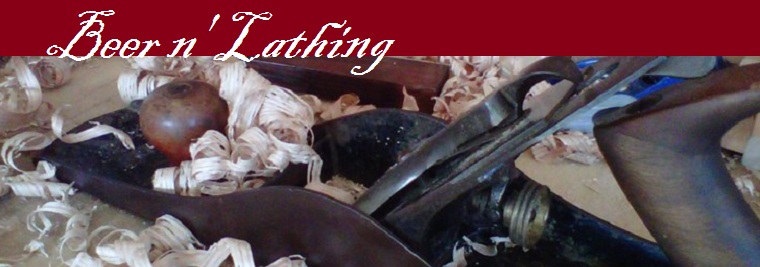It was decided early on that these shingles would be stained using an oil based product that could be obtained locally and thinned further using linseed oil. The linseed oil didn't actually thin the stain, but it only helps the longevity of the shingle and the coverage of the stain.
Unfinished, the wood roof can last anywhere from 15-50 years depending on the species used. With a good finish this life cycle could be easily extended over 50 with proper maintenance. This life cycle is twice that expected from today's modern asphalt shingles.
I think the main reason you don't see many wooden shingle roof is the due to the fear of fire, which was the main reason for the introduction of metal roofing in the late 1800s. House and building fires were quite common and a wooden shingle roof would only feed the fire. However, tin and asphalt roofing still requires the same wooden sheathing underneath, making the actual roofing material a mute point.
All 8,000 shingles are now ripped to widths between 3-inches and 7-inches and have all been dipped. Next week, Jason and I will start putting the shingle on the Latham House.
I'm quite anxious to start laying them down. I prepared the Norfleet House for wood shingles a few years ago, but this will be the first time I completely roof a project. I look forward to the experience and think it may effect my preferences for my house in the future.



There are a number of advantages in using wooden shingles. They are lightweight, so there's no need for an extra support. They are also easy to install and easy to fix. But as you mentioned, wood is combustible, hence the development of metal roofing. This is why it is important to weigh our options and circumstances when picking the materials for our home.
ReplyDeleteRoyal Roofing & Siding